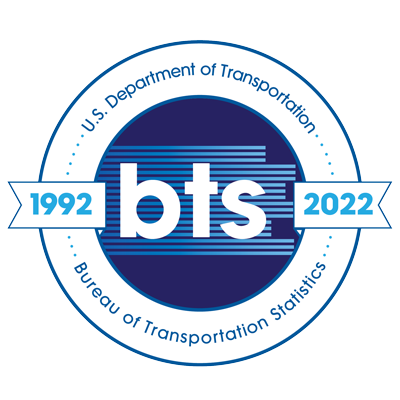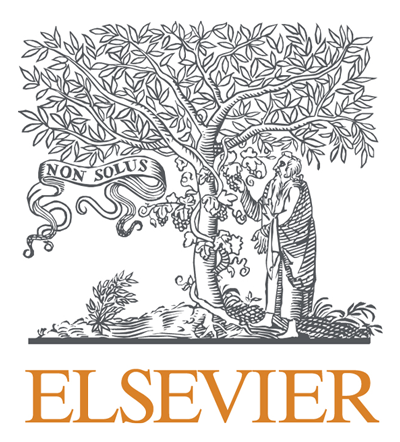Deconstructing rurality to better “place” health data
Topics:
Keywords: rurality, health, place, modifiable areal units, social determinants of health, GIS
Abstract Type: Paper Abstract
Authors:
Daniel Beene University of New Mexico
Yan Lin University of New Mexico
Abstract
Arguing that rural-urban classifications mask the reciprocal relations of power and flow of materials across different types of human settlement, we detail work critically evaluating dominant rural-urban classifications that are used throughout health research and policymaking. Rural-urban classification schemes limit our ability to characterize the relationship between environmental pathways of exposure and social determinants of health. Because health-related services are often distributed through state and federal programs to underserved populations in remote and rural areas, there are political implications to how these rural communities are defined and represented. The present model utilizes big geospatial data and machine learning to capture the relationship between health and place in the Southwest U.S. across five domains – population sparsity, healthcare accessibility, availability of quality food, telecommunications infrastructure, and land use. These modeled domains are then fit to eight urban-rural classification schemes using a forest-based classification and regression to assess the degree to which each scheme effectively represents place-based determinants of health. Results indicate that rural populations are consistently misclassified, and that this bias is significantly more pronounced in Tribal areas. Rural policy notwithstanding, this work has the potential to reverberate throughout environmental and rural health research and helps pave the way in the endeavor to reconcile more quantitative medical geographies with culturally focused geographies of health.
Deconstructing rurality to better “place” health data
Category
Paper Abstract
Description
Submitted By:
Daniel Beene Johns Hopkins University
dbeene1@jhu.edu
This abstract is part of a session: Advanced Methods and Metrics for Health Analysis









Share